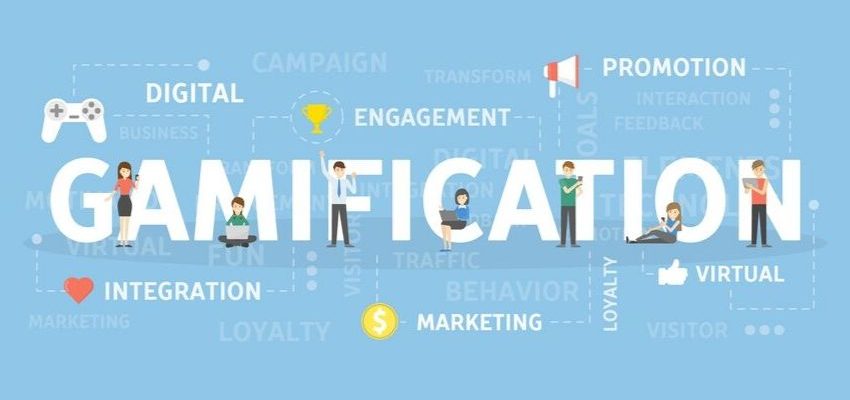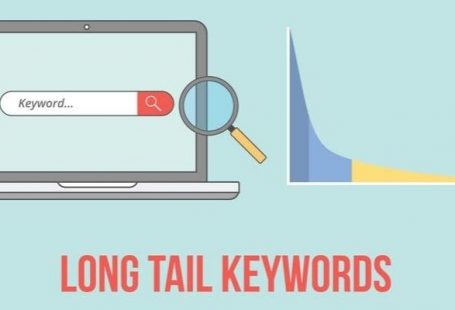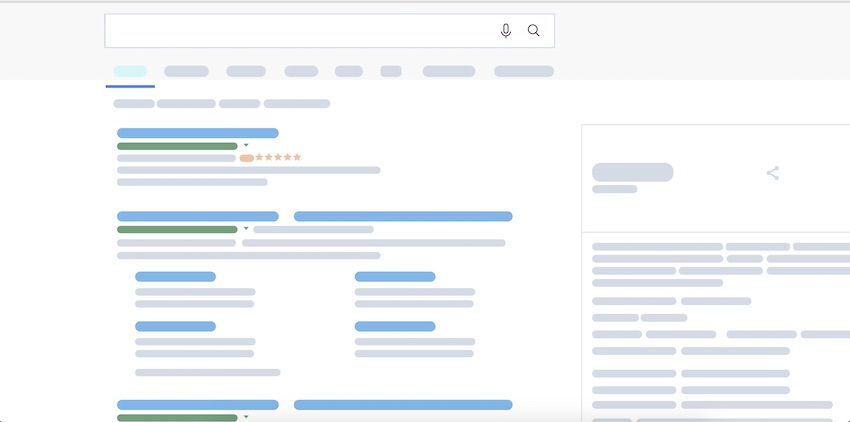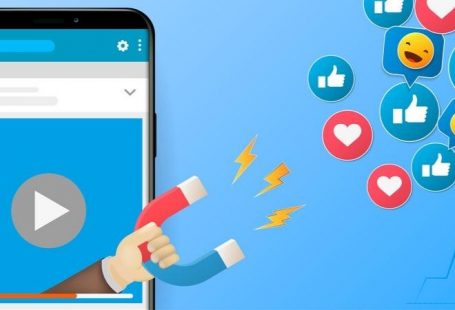The gamification is a new term that refers to the use of recreational or game methodologies in educational, digital and corporate environments, mostly. Put it simply, the Gamification is a strategy “to learn as you play”. However, today it may have much wider applications, reaching diverse fields such as digital marketing.
Some examples of gamification can be found in educational apps which teach children about physics or Math’s through games, but also in business strategies such as this challenges game of BBVA Bank or Nike Run Club.
What is gamification in marketing?
It is the use made by companies of gamification strategies in order to attract new audience, educate people about their products and services, increase the purchasing push and also client loyalty. All of this can be achieved by connecting a positive gaming experience with the brand image and the user’s experience (UX).
This article can be useful: Get the best Branding for your e-commerce with a dream team of freelancers
In marketing, are advergaming and gamification the same thing?
No, advergaming (from advertising and gaming) is a term that refers to including ads in videogames, and should not be confused with gamification, although sometimes they appear one next to the other, inevitably.
Which are the advantages of gamificating the digital strategy of a company?
Games can also be considered as interactive web content, and just as it happens with any other content, it can be used to reach the Inbound objectives. Some of the main objectives in gamification within content marketing are:
- Attracting audiences: Games and gaming apps are very appealing for a wide sector of digital audience searching for entertainment and information.
- Improving the SEO: Games, apart from increasing traffic, can also increase the time spent at a website, having a positive impact on its positioning.
- Learning: One of the first stages of inbound consists of educating the audience about corporate products, services, philosophy or values. Games are an efficient, fast way of achieving this learning process in a non invasive condition.
- Generating motivation and engagement: By means of rewards or incentives, we can involve the audience much more and encourage them to complete a conversion. For instance, a game where the user earns a discount coupon or a free sample.
- Strengthening loyalty: When we link the brand to a enjoyable gaming experience, people tend to have a more positive perception of the product or service, increasing the loyalty probabilities.
You might also be interested in: What is Inbound Marketing?
Learn more about gamification
There are currently hundreds of outstanding examples and good practices related to gamification of marketing and content. If you want to learn further and find out some good ideas, take a look at the resources we’ve selected for you:
- What is the Definition of Gamification? – Growth Engineering
- The Psychology Of Gamification: Why It Works (& How To Do It!) – Bit Catcha
- Top 10 guidelines for great gamification – From Engage Employee
- Top 10 best examples of gamification in business – From My Customer
- How You Win Big With Gamification in Marketing – Optin Monster
- Top 10 Marketing Gamification Cases You Won’t Forget – Yu-Kai Chou
Do you need help with the Gamification of your educational or commercial strategy?
If you want to explore the advantages of gamificating your digital strategy but you don’t know where to start, at Workana you’ll find hundreds of freelancers with expertise in related areas such as games programming and creation, apps design and marketing strategy.
Post your project today and start getting amazing proposals to make your current and your potential clients have a wonderful digital experience, more enjoyable, entertaining and efficient.
What is Workana?
We invite you to know Workana, the leading freelance marketplace. We’ve been working since 2012 to keep connecting companies and entrepreneurs with remote workers of the most diverse specialty areas.





